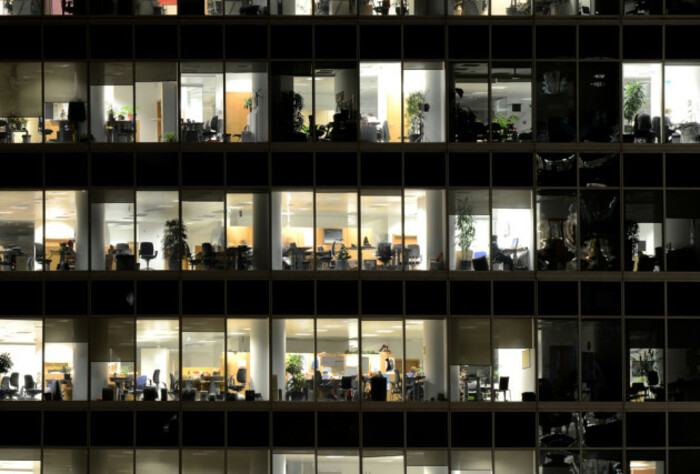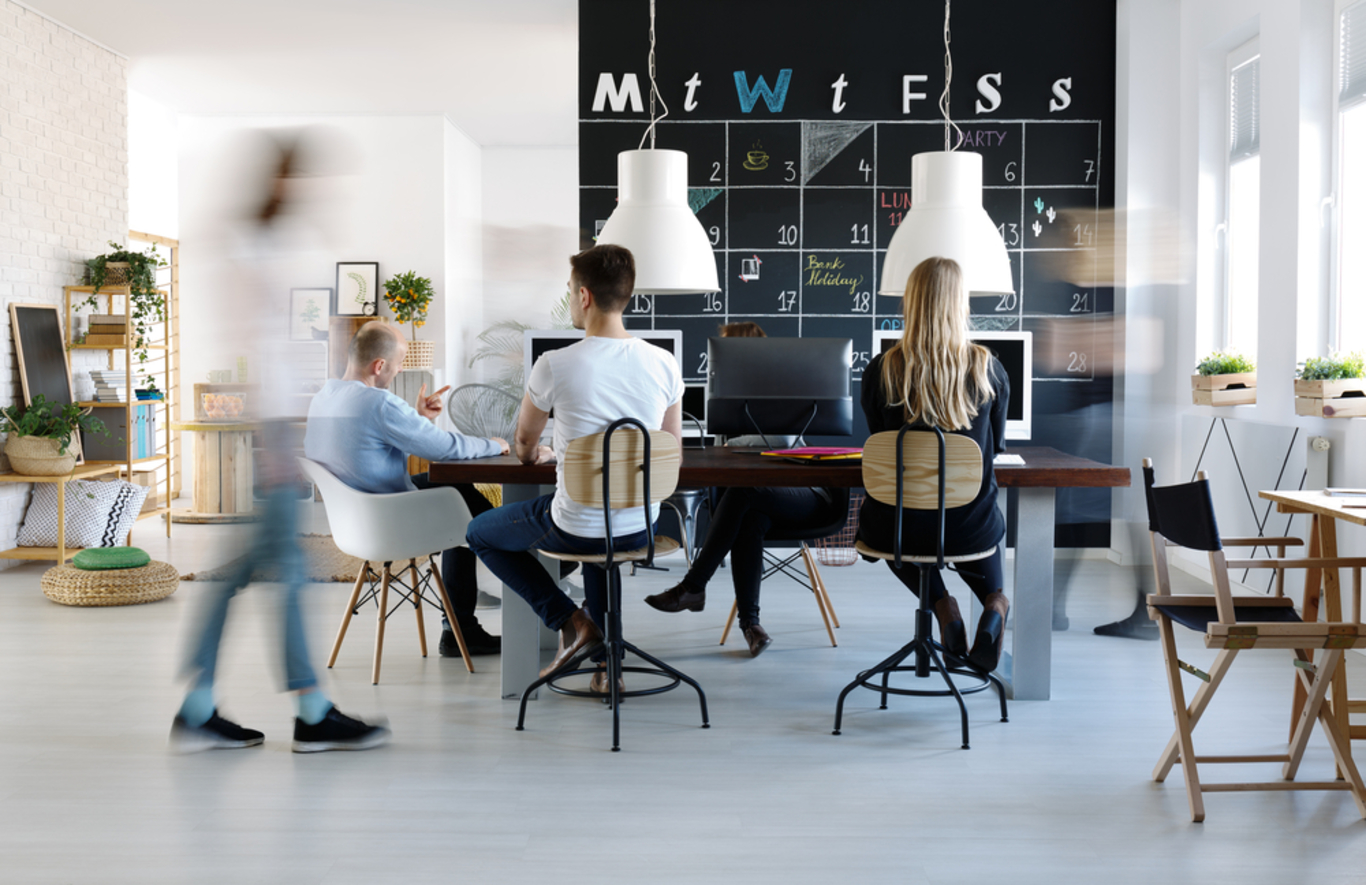How a well-designed workspace will help you attract (and keep) valuable staff
New research shows that a carefully planned work environment can have long-lasting effects.
YOUR EMPLOYEES SPEND a considerable portion of their waking time in an environment that is determined by the organisation they work for.
This is important because there is increasing evidence that the physical workspace impacts workers’ productivity, their ability to learn new skills and attitudes towards an employer.
Recent research from DCU – in collaboration with Arizona State University and the University of Georgia – suggests that organisations that would like to foster positive relationships with their employees, and ultimately influence performance-related behaviours, should carefully consider the design of their work setting.
In particular, this research suggests that new employees’ first impressions of the physical workspace can have long-lasting effects.
When joining a new organisation, employees are likely to consider two key questions: Does the space look nice? Does it look and feel like I expected?
If we take the latter question first, organisations that would like to leverage the work setting might consider what new employees would expect to see from this type of employer.
Ask yourself: What kind of values would I like to communicate to employees? What sort of workspaces do similar organisations have?
Our research suggests that whether new employees feel the workspace is “normal” impacts whether they feel their new employer is capable and has an acceptable value system.
Employees who think their new work environment feels a bit strange and not what they would expect for this type of organisation are less likely to feel it is trustworthy. Ultimately, they find it more difficult to take on board new information as they settle into their role.
The second issue likely to influence employees’ first impressions is whether the organisation looks nice. This is slightly more subjective in that one employee’s perception of “nice” might be different to the next.
That said, general maxims for the types of spaces people enjoy inhabiting often include considerations such as decent lighting, the inclusion of some natural decor and a sense of order.

Aesthetics
Impressions of how nice a workspace is has been shown to influence new employees’ sense of whether their employer cares about their welfare and whether they are capable and have an acceptable value system.
Organisational settings that are aesthetically pleasing influence the extent to which new employees trust their organisation, including how likely they are to stick their neck out and take risks to learn the new skills necessary to excel at their jobs.
Ultimately, employee expectations for standards of workspace design are likely to be heavily influenced by the type of organisation they are joining and what the workspace is being used for.
It is not the case that one size fits all or that all employees are expecting luxurious offices or fun perks like ping-pong tables and swings.
Instead, we suggest that you might consider how the decisions you make about designing a physical space impacts employees’ behaviour and attitudes.
This is particularly relevant for businesses that are investing in the construction or fit-out of a new office space or those that are considering a refurbishment.
However even in organisations without a budget to make large-scale changes to the work setting, employees could be allowed to tailor their work setting to suit their own preferences and make themselves feel more comfortable.
Organisations that manage to create a space that makes a positive first impression and where employees feel comfortable are likely to reap the rewards in terms of loyalty, creativity and performance.
Lisa van der Werff is a lecturer in human resource management and organisational psychology at Dublin City University Business School. She co-authored the study Trusting the “Look and Feel”.






